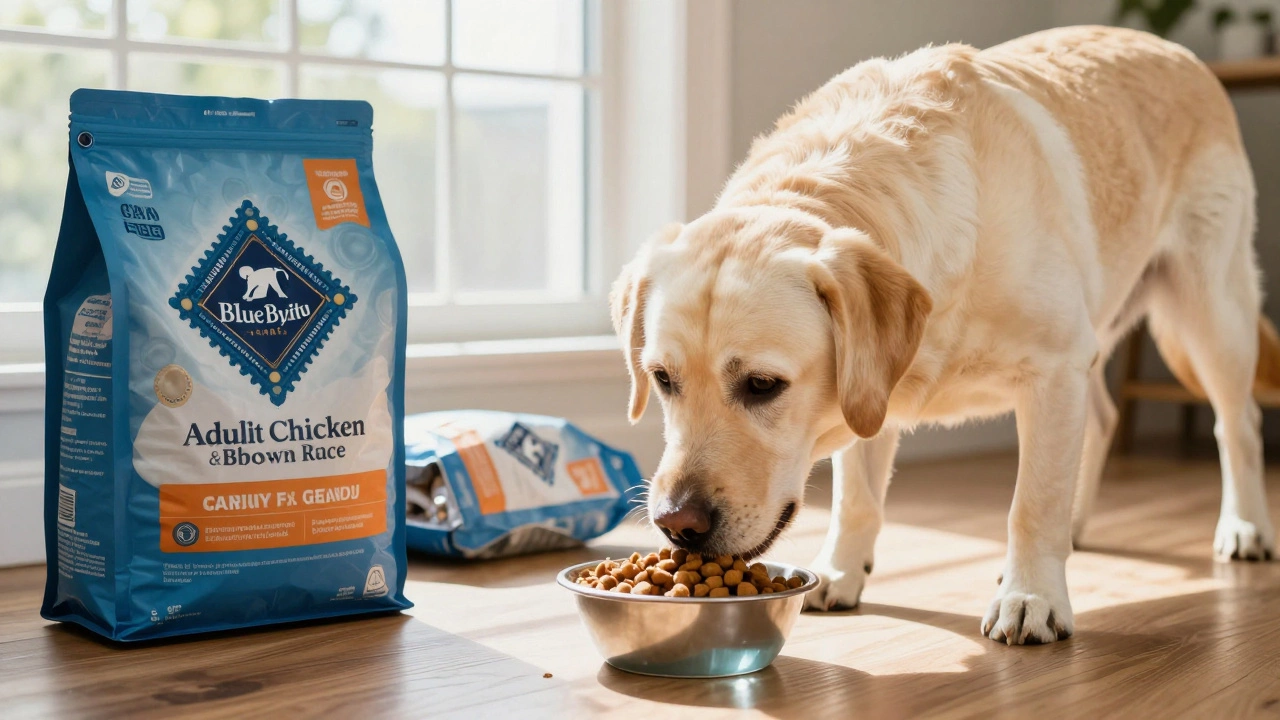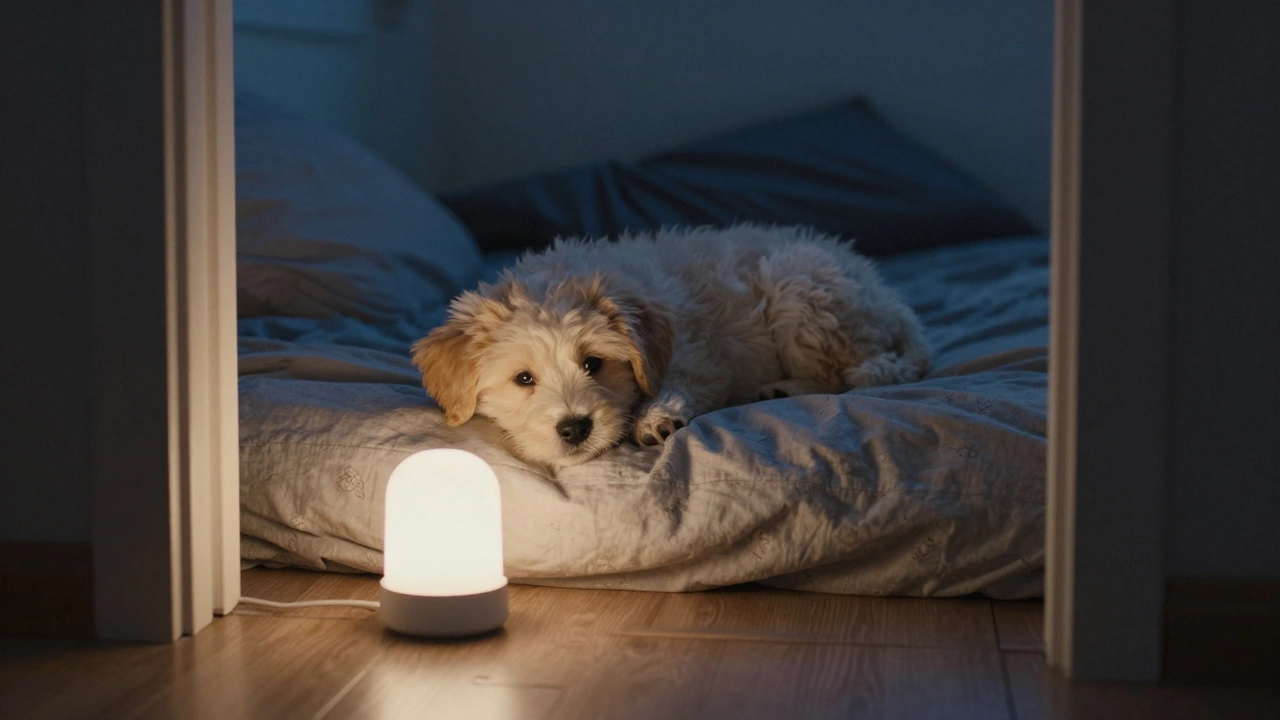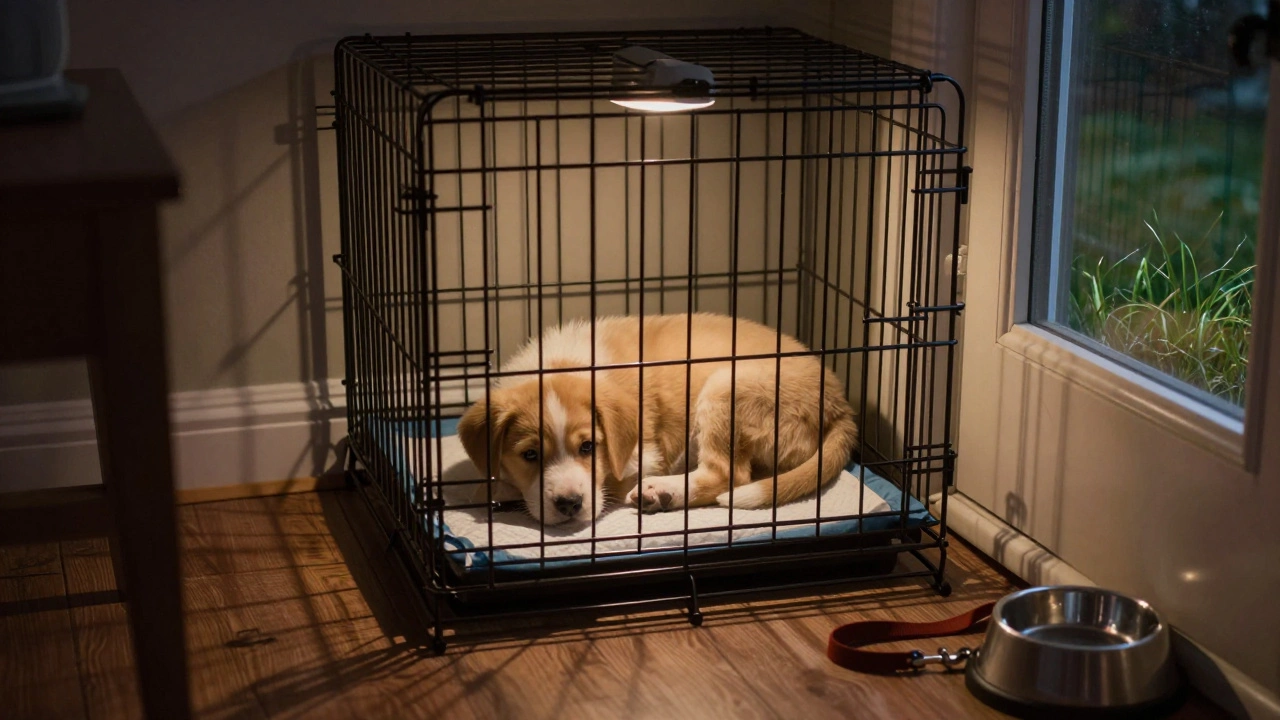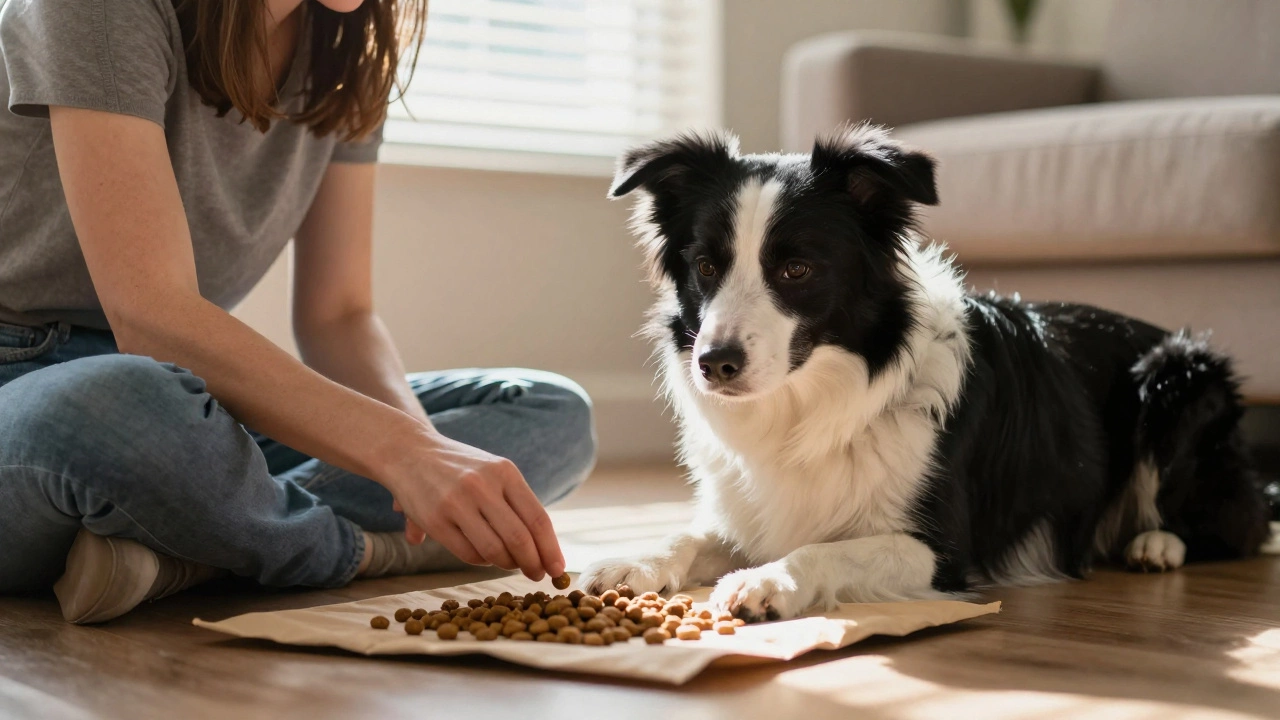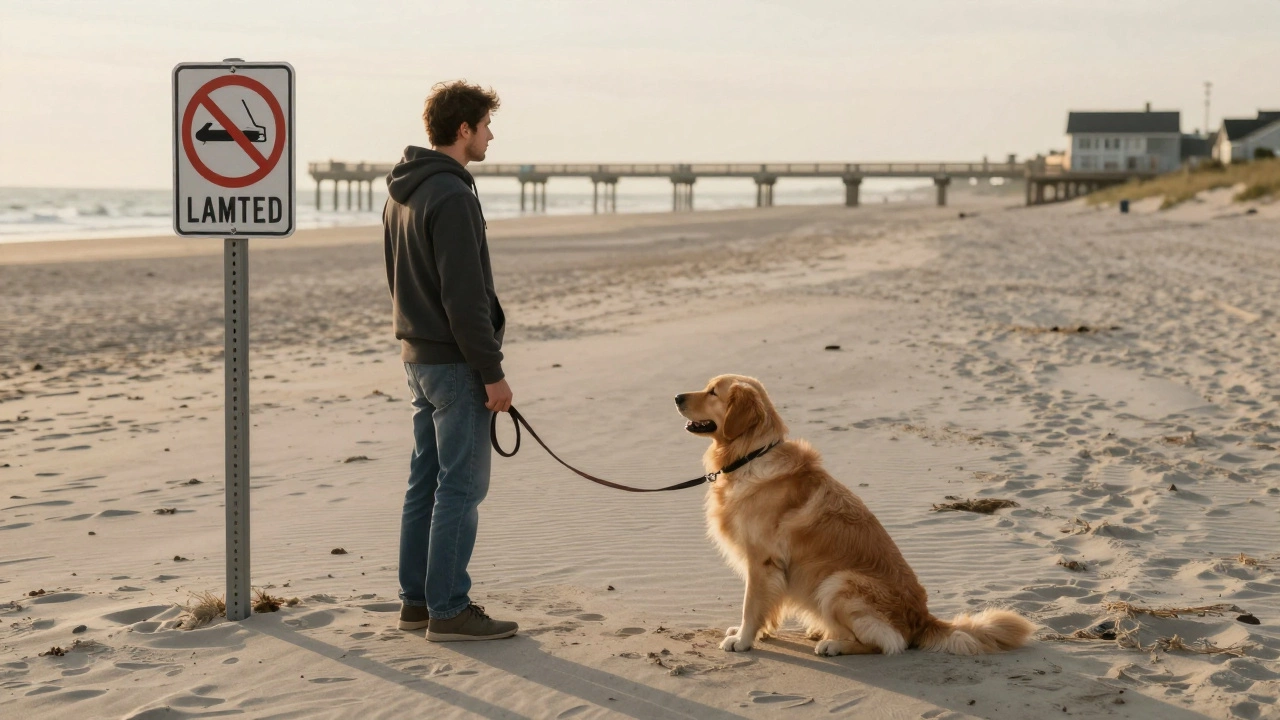Cat Calorie Calculator
Daily Calorie Calculator
Find the optimal feeding schedule for your cat based on weight, age, and activity level. Follow the article recommendations for health benefits.
Enter your cat's details to calculate their optimal daily calories.
Recommended: 2-3 meals daily with scheduled feeding
Important Health Note
Transitioning from free feeding requires careful monitoring. Consult your veterinarian before changing your cat's feeding schedule. Sudden changes may cause health issues.
Many cat owners believe that leaving food out all day is the easiest and most natural way to feed their cats. After all, cats are hunters-they don’t eat three meals a day like humans. But is free feeding really better for your cat’s health? The answer isn’t as simple as it seems.
Why Free Feeding Feels Right
It makes sense on the surface. Cats in the wild eat small prey multiple times a day-birds, mice, insects. They don’t gorge once and then wait hours. So leaving food out all day feels like mimicking nature. And for busy owners, it’s convenient. No need to worry about timing meals. No guilt when you’re late getting home. But here’s the catch: domestic cats aren’t wild cats. They don’t hunt. They don’t burn energy chasing prey. And most importantly, they don’t know when to stop eating.The Hidden Dangers of Constant Food Access
A 2023 study from the University of Illinois tracked over 1,200 household cats and found that those with constant access to dry food were 2.7 times more likely to become overweight than cats fed measured meals twice a day. Obesity in cats isn’t just about looks-it leads to diabetes, arthritis, liver disease, and even urinary tract problems. Dry food is especially problematic for free feeding. It’s high in carbohydrates, low in moisture, and easy to overeat. Cats don’t feel full the same way humans do. They rely on stomach stretch receptors, which take longer to trigger. So if kibble is always there, they’ll keep nibbling-even when they’re not hungry. Wet food is a different story. It’s higher in protein and water, and cats tend to eat it more slowly. But even wet food left out all day can spoil, attract bugs, and lose its smell-making it less appealing. And if your cat doesn’t eat it, you’re wasting money and risking bacterial growth.What Happens When Cats Eat Too Much, Too Often
Overeating doesn’t just mean weight gain. It can mess with your cat’s digestion, metabolism, and even behavior. Cats that graze all day often develop irregular bathroom habits. Some start vomiting hairballs more frequently. Others become picky eaters because they never get truly hungry. One owner I spoke with had a 7-year-old tabby named Luna who started peeing outside the litter box. After vet visits and tests, the issue wasn’t stress or infection-it was overeating. Luna had been on free-fed dry food since she was a kitten. Switching to two measured meals a day, plus a small wet food snack at night, fixed her litter box habits in under three weeks.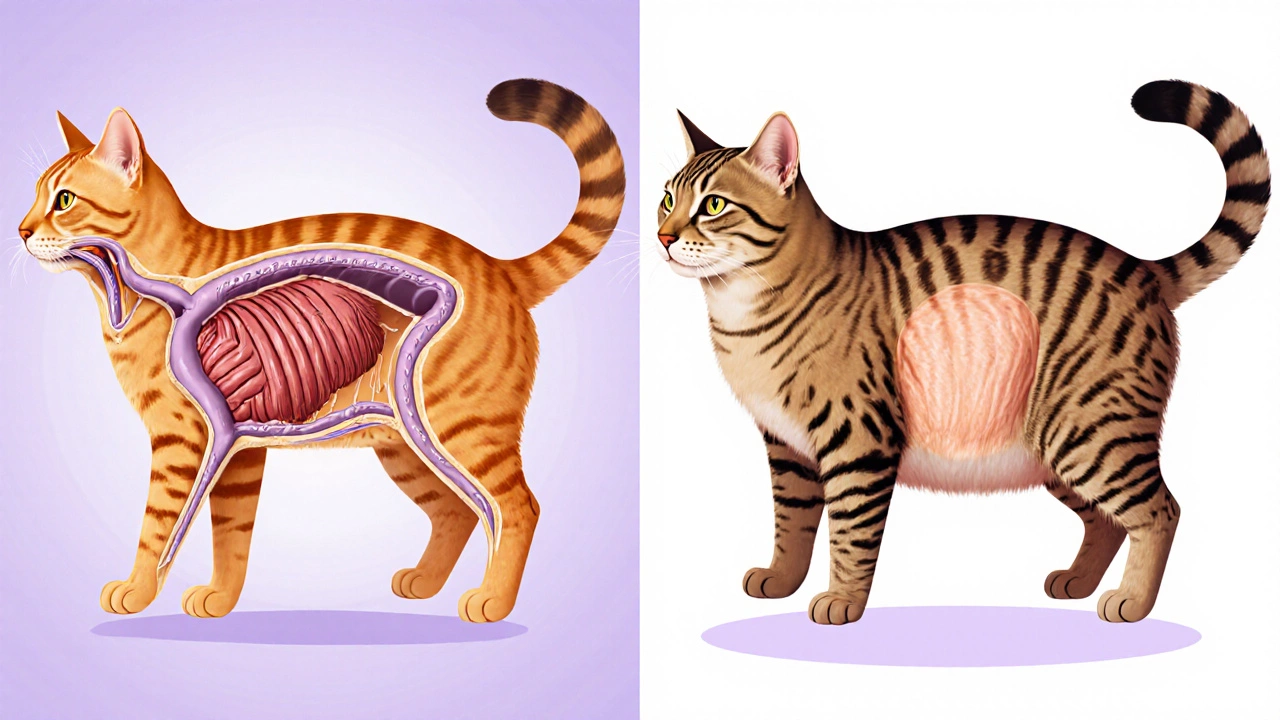
How to Transition from Free Feeding to Scheduled Meals
If your cat is used to having food all the time, switching suddenly can cause stress-or worse, hepatic lipidosis (fatty liver disease), which can happen if a cat stops eating for too long. Here’s a safe, step-by-step way to make the change:- Start by measuring your cat’s daily food intake. Use the guidelines on the bag, but adjust based on weight and activity level. Most adult cats need 200-250 calories per day.
- Divide that into two meals-morning and evening. This matches their natural activity peaks: dawn and dusk.
- Remove the food bowl after 20-30 minutes. Don’t refill it. Cats will adjust. Most stop begging after 2-3 days.
- Use puzzle feeders or slow-feed bowls to make meals last longer and stimulate mental activity.
- Offer a small portion of wet food at night if your cat is still hungry. It’s more filling and hydrating.
When Free Feeding Might Be Okay
There are exceptions. Some cats, like seniors with high metabolism, underweight rescues, or those with medical conditions like hyperthyroidism, may benefit from multiple small meals or free access to food. But even then, it should be monitored. If your vet recommends free feeding for health reasons, use wet food only. Avoid dry kibble. And track your cat’s weight weekly. If they gain more than 5% of their body weight in a month, it’s time to reevaluate.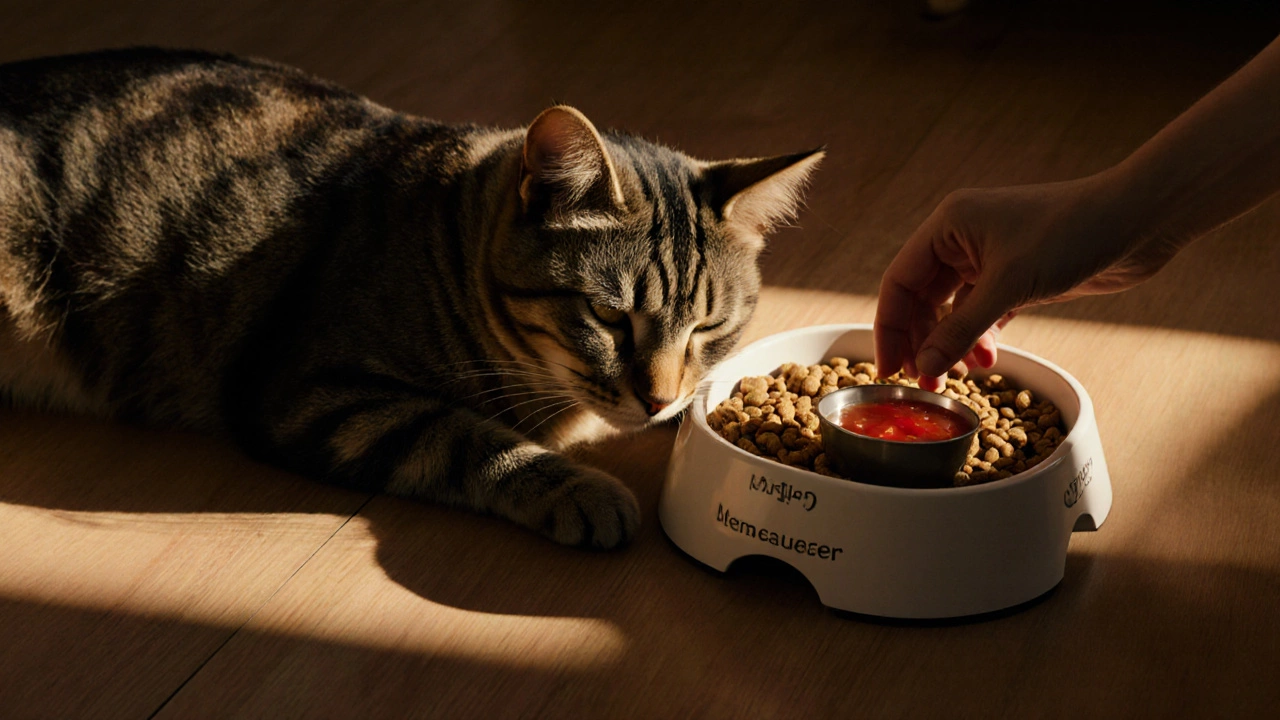
What About Overnight Food?
Leaving food out overnight is a common habit. But unless your cat has a medical need, it’s unnecessary. Cats are crepuscular-they’re most active at dawn and dusk. They don’t need food at 2 a.m. In fact, feeding them then can reinforce nighttime meowing and pacing. If you’re worried about hunger, give a small wet food snack before bed. It digests slowly and keeps them satisfied longer than dry food.Signs Your Cat Is Doing Better on a Schedule
After switching to timed meals, you’ll notice changes:- More consistent bathroom habits
- Improved coat condition (less greasy, fewer hairballs)
- Increased playfulness and energy
- Weight loss (if overweight) or stable weight (if ideal)
- Less begging and food-related anxiety
Final Thought: It’s Not About Convenience-It’s About Health
Free feeding isn’t cruel. It’s just outdated. We’ve made it easy for ourselves, but we’ve made it harder for our cats. Feeding your cat on a schedule doesn’t mean you love them less. It means you’re paying attention to their biology, not just your comfort. Your cat doesn’t need food all day. They need you to be present-once or twice a day-to feed them, check on them, and give them a little attention. That’s what really keeps them healthy.Is it bad to leave dry food out for my cat all day?
Yes, it’s generally not recommended. Dry food is high in carbs and low in moisture, which can lead to weight gain, diabetes, and urinary issues. Cats don’t regulate intake well with dry food, and it can spoil or attract pests if left out too long. Even if your cat seems fine now, long-term free feeding increases health risks.
Can I leave wet food out overnight?
No. Wet food should be discarded after 30-60 minutes at room temperature. It spoils quickly, breeds bacteria, and loses its smell, making it unappealing to cats. If you need to offer food overnight, give a small portion before bedtime and remove it in the morning.
My cat meows for food all the time. Should I feed them?
Not if they’re already getting their daily calories. Meowing for food is usually a learned behavior, not hunger. Cats associate your presence with food. If you give in, you’re rewarding the behavior. Stick to your schedule. Within a few days, they’ll adjust. Use puzzle feeders or play with them before meals to redirect their energy.
How many meals should a healthy adult cat eat per day?
Most healthy adult cats do best with two meals a day-morning and evening. This matches their natural hunting rhythm. Kittens, seniors, or cats with medical conditions may need more frequent meals. Always consult your vet to determine the right amount and timing for your cat’s age, weight, and health.
Will my cat starve if I don’t leave food out all the time?
No. Healthy adult cats can safely go 12-24 hours without food. They don’t need constant access. In fact, skipping a meal occasionally helps reset their appetite and digestion. Only worry if your cat refuses food for more than 24 hours-this can signal illness and requires a vet visit.
If you’re unsure where to start, weigh your cat, check their body condition (you should feel ribs with light pressure but not see them), and talk to your vet about a feeding plan. Small changes make a big difference.


